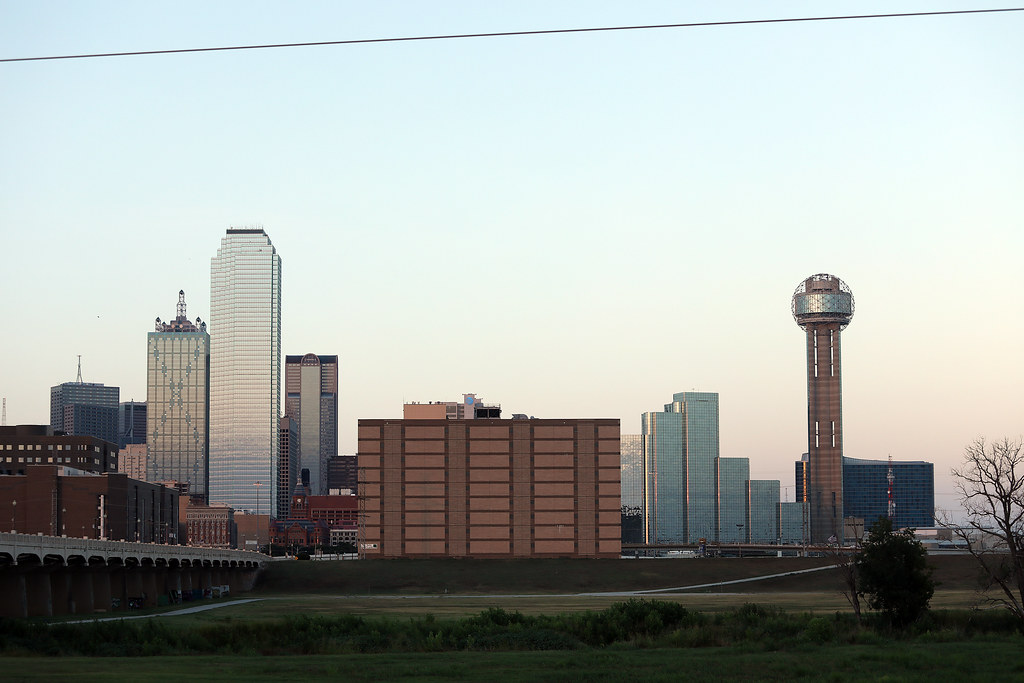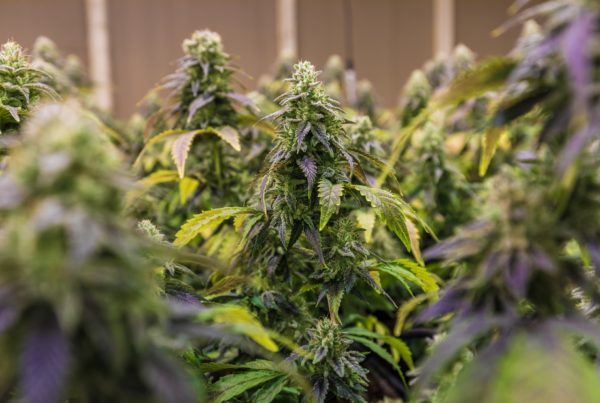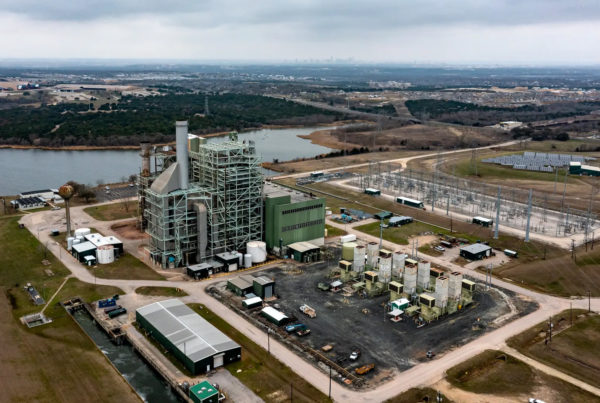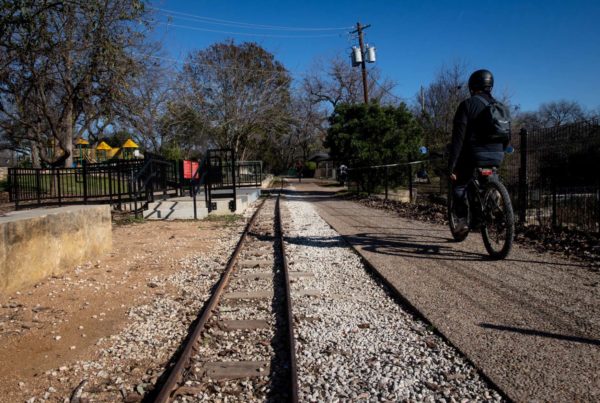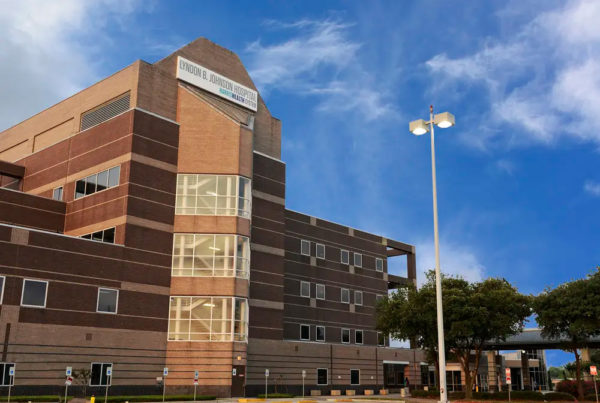The Texas economy is on fire. The state added 660,000 new jobs last year – more jobs than any other, and twice the number of new jobs compared to its historical average, according to a new report from the Bureau of Labor Statistics published this week.
The Dallas-Fort Worth metroplex grew even faster, more than double the average job gain compared with pre-pandemic years.
This is one in an ongoing stream of strong economic indicators for Texas. According to an earlier report from the Texas Workforce Commission, the state’s unemployment rate dropped to 3.9%, the first time it fell below 4% since the forced business closures at the onset of the coronavirus.
Economist Ray Perryman, president and CEO of the Waco-based Perryman Group, said all this points to 2022 having been a historically remarkable year for Texas.
“If you think about it, getting over 50,000 jobs a month, I mean, that’s almost 2,000 jobs a day every day of the week for an entire year,” he said. “Obviously, part of it was things getting back to normal from the pandemic – a big leap in jobs in sectors like hospitality and that sort of thing. But also solid growth in the mineral sectors. The oil and gas industry came back. Growth in manufacturing and growth in many other key parts of the economy. It was really a very, very good year for the state.”
Texas lost over 1 million jobs in two months during the early pandemic days in 2020, Perryman said. These numbers show that the state has not only recovered those jobs but added about 700,000 more.
“The entire country is only up about 1.2 million (jobs), so on a net basis, if you look from the month before the pandemic to today, 60% of all the jobs created in the country have been in Texas,” he said. “I’ve looked at a lot of numbers in my life, and that was pretty remarkable.”
On top of pandemic recovery, Perryman said the state has added jobs in the tech and business sectors.
“A lot of new locations and expansions, a lot of them in the Austin area, in the tech sector and in the Dallas-Fort Worth area and some of the corporate headquarters,” he said. “Our manufacturing sector showed some strength. The ports got back to record levels of cargo. I mean, just a lot of things happened at once, and it created this type of situation.”
Perryman also clarified that the report refers to nonfarm jobs as a metric to track the jobs that function in the economic marketplace; it also excludes military jobs, he said.
While this is all good news for the state, Perryman also said it is not sustainable growth. He expects Texas to slow to pre-pandemic levels of growth in 2023.
“What we’ve seen this past year is not sustainable. In fact, we don’t even have enough population to generate that much growth on a long-term basis,” he said. “We’re obviously facing some headwinds right now. The layoffs in the tech sector are one; the slowdown in the national economy, even potential recession, is another. So I think you’ll see these numbers slowing down. We’ll get back to 2% to 2.5% annual growth.”


